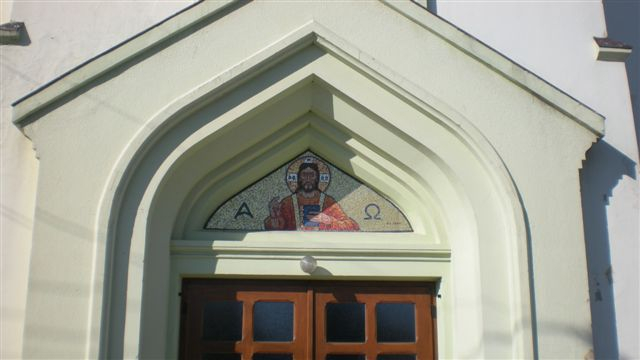
Point of interest-Darnozseli - Church of St Joseph

In the 19th century, as the village prospered, it became more and more urgent to build a new church to replace the small and often damaged one on the outskirts of the village. The first step in this direction was the construction of a small chapel on this site (at the church) in 1869.
However, a chapel with eclectic stylistic features was not the answer. Plans for a new church were drawn up in May 1914, but the war prevented construction from starting. After the war, the village parish priest, János Köllő (Fórika), continued to push for the construction of the church. He gained high church and state patrons and donors, won over the village population, and in the summer of 1929, based on the plans of Károly Pavlovics, construction began. The small chapel was demolished and by the end of the year, the church was roofed. The decoration of the longitudinal façade of the single-nave, single-towered church makes the church slender and elongated. The side façade is also reminiscent of the neo-Gothic style. The bright open-plan interior harmonises with the exterior. The organ was made by Otto Rieger's firm in Pest, and the stained glass windows depicting images of saints were also made in a workshop in Pest. The altar and the station paintings are the work of János Heckenast. The pews were made by János Igali, a local carpenter. The church was consecrated on 6 July 1930 by Cardinal Archbishop and Prince Primate Dr. Justinian Serédi.
Source of text and images: https://miserend.hu/templom/183
- Darnózseli - Szent József-templom

